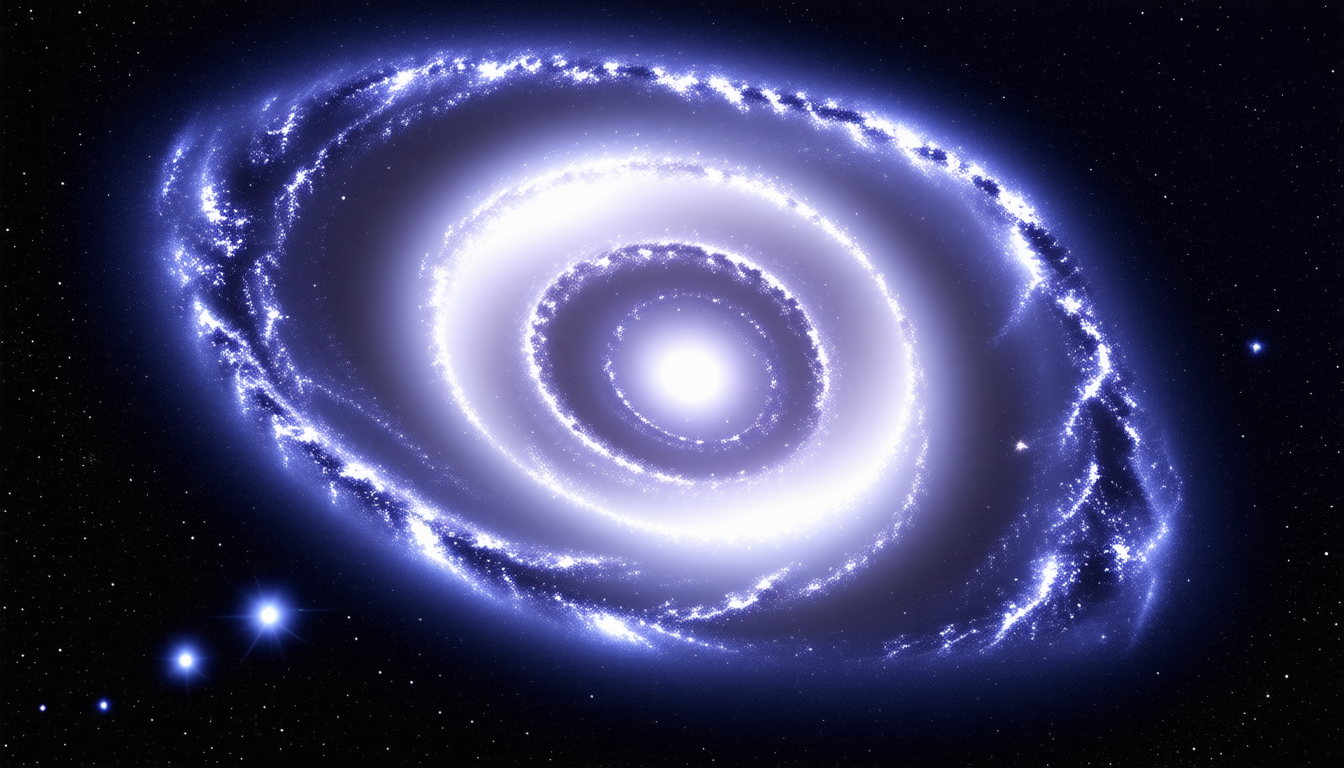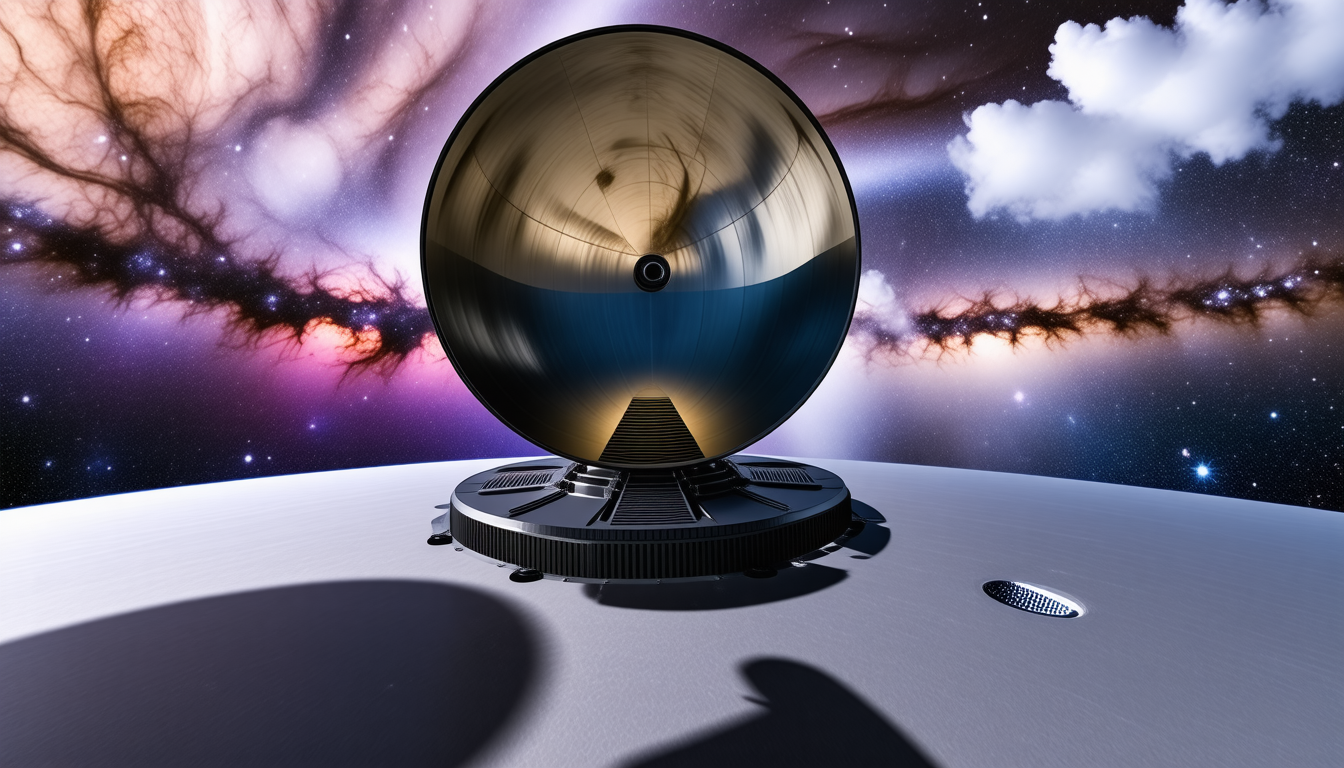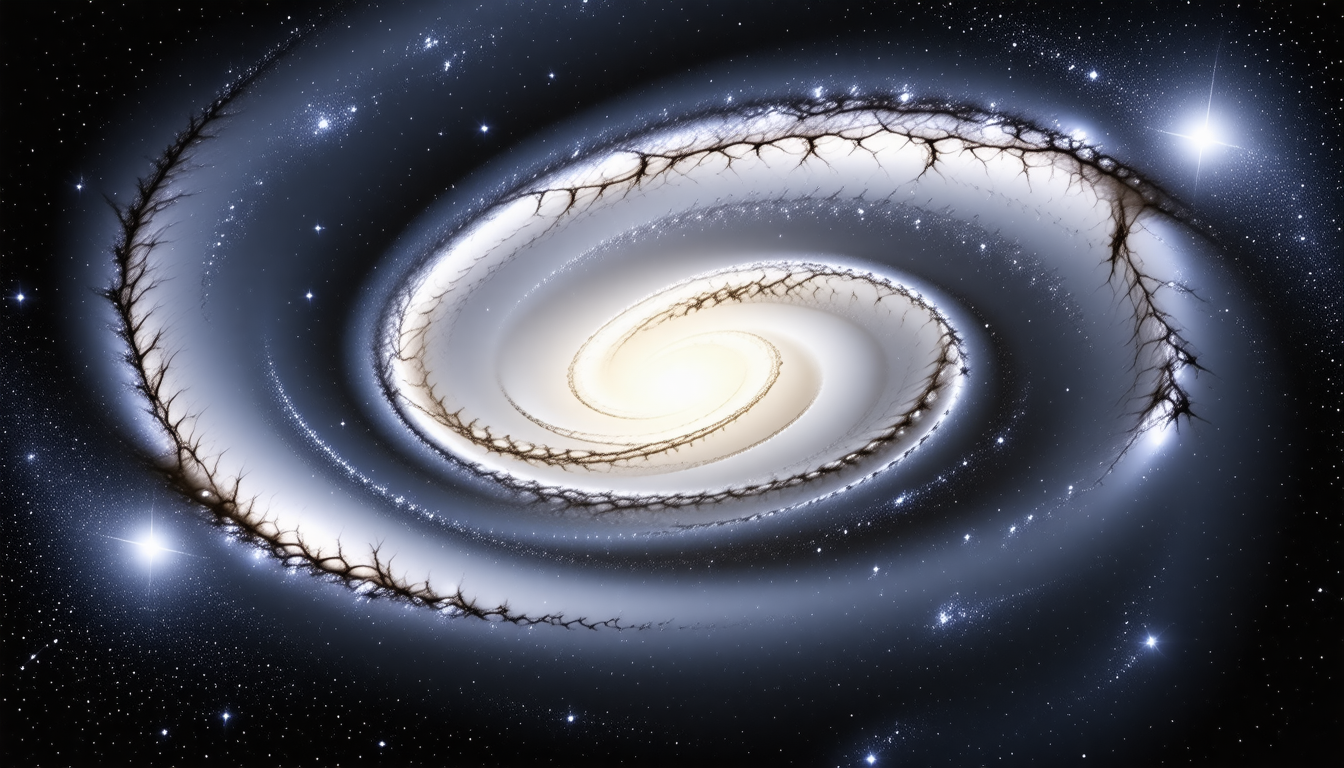Mapping the Dark Universe

Objectives of the Euclid Telescope
The ambitious goals of the Euclid Telescope project are rooted in humanity’s quest to comprehend the fundamental makeup of the universe. Much like pioneers of the past who sought the edges of the known world, today’s astronomers are embarking on a journey that aims to elucidate the secrets behind dark matter and dark energy—two of the universe’s most elusive and enigmatic components.
At the heart of Euclid’s mission is the desire to map the geometry of the universe and unravel its structure on an unprecedented scale. Specifically designed to probe the details of the universe’s expansion, Euclid will survey millions of galaxies, reaching out to distances as vast as 10 billion light-years. This monumental endeavor will provide crucial insights into the make-up of cosmic constituents that govern the formation and evolution of large-scale structures.
One of the primary objectives is to measure the accelerated expansion of the universe, a phenomenon attributed to dark energy. Euclid will be equipped to analyze the distribution of galaxies and the clustering behavior across vast cosmic scales, which are expected to be sensitive indicators of dark energy’s effects. Using cutting-edge observational technology, the telescope will scan a significant portion of the night sky in visible and near-infrared light, aiming to collect systematic data that can shed light on the dynamics of cosmic expansion.
Moreover, Euclid will contribute to our understanding of dark matter, a mysterious substance that interacts only via gravity and does not emit or absorb light. By meticulously cataloging the motion and distribution of galaxies, Euclid will enable scientists to chart the gravitational influence of dark matter hidden within galaxy clusters. This will provide a deeper grasp of how dark matter impacts the structure of the universe, enabling researchers to refine existing models and potentially explore new physics beyond the current theoretical frameworks.
To achieve these ambitious goals, the Euclid Telescope combines advanced scientific instrumentation with a clear observational strategy. The telescope, features an large 1.2-meter diameter mirror, will be capable of scanning one-third of the sky, which is substantial given the broad areas of space that need to be examined. The application of state-of-the-art imaging detectors will allow for high-resolution, sensitive observations that can capture faint celestial objects, revealing the underlying patterns of the cosmos.
In essence, the objectives of the Euclid mission extend beyond mere observation; they encapsulate a daring challenge to existing paradigms. As the telescope embarks on its journey, it will not only document the celestial landscape but will also answer fundamental questions that touch the fabric of reality itself. What is dark matter? What role does dark energy play in cosmic evolution? As we begin this voyage into the dark unknown, we are reminded of our inherent curiosity and the unyielding human spirit that drives us to seek the answers to questions that extend far beyond our earthly confines.

Characteristics of Dark Matter and Dark Energy
To grasp the nature of dark matter and dark energy is to venture into a realm of the unknown, where traditional understandings of physics often falter. Dark matter, constituting approximately 27% of the universe, is an invisible scaffold that provides the gravitational framework necessary for galaxy formation and structural integrity. Unlike the familiar baryonic matter we encounter daily, dark matter does not interact electromagnetically, meaning it does not emit, absorb, or reflect light. This elusiveness poses a significant challenge for astrophysicists, as it must be inferred through its gravitational influence on visible matter—stars, planets, and galaxies.
The idea of dark matter came to prominence when observations of spiral galaxies revealed that their rotation curves did not align with the expected motions based solely on observable mass. Instead, the outer regions of these galaxies rotated at unexpectedly high speeds, suggesting additional mass this is not accounted for by visible stars and gas. Further evidence stems from gravitational lensing, where light from distant galaxies is bent by the gravitational pull of massive objects—typically clusters of galaxies rich in dark matter—providing a glimpse into this enigmatic substance’s pervasive presence across the universe.
In contrast, dark energy dominates the universe’s dynamics, comprising about 68% of its total energy density. It plays a critical role in the accelerated expansion of the cosmos, an observation first made evident by the redshift of distant supernovae in the late 1990s. This accelerated expansion implies that, contrary to the attraction of gravity, there exists a repulsive effect driving galaxies apart. Dark energy acts like a latent force, providing a pressure that counteracts gravitational clumping on the largest cosmic scales. The nature of dark energy remains among the biggest unsolved problems in cosmology, with various hypotheses—ranging from the cosmological constant proposed by Einstein to dynamic fields—aiming to explain its curious behavior.
Both dark matter and dark energy challenge our understanding of fundamental physics, sitting at the intersection of gravity, quantum mechanics, and cosmological evolution. Current models, such as the Lambda Cold Dark Matter (ΛCDM) model, provide a framework for understanding the universe’s large-scale structure and evolution, but they are not without controversy. Discrepancies in measurements, such as the Hubble constant tension, underscore how much remains to be understood about these dark entities.
As the Euclid Telescope embarks on its mission, it promises to illuminate many of these dark corners of cosmology. Through its deep imaging surveys, Euclid will produce a comprehensive map of dark matter’s distribution by examining the gravitational lensing effects it generates. By correlating the observed galaxy positions and shapes with theoretical predictions, astronomers can generate a clearer picture of how dark matter directs cosmic evolution.
At the same time, observations will include the clustering of galaxies over time, a key process that can reveal the influence of dark energy. By tracking how the growth of structures varies with cosmic time, Euclid will enhance understanding of not only how dark energy affects expansion but also how it may change over epochs in cosmic history.
As we stand on the cusp of this major scientific endeavor, the potential revelations are as profound as they’re exciting. Euclid’s mission is not just about mapping the cosmic web; it represents an essential step toward validating or challenging our current theories and perhaps unveiling new physics. We are about to embark on a journey that could redefine our comprehension of the universe and fundamentally alter our conception of the forces that govern it.

Observation Techniques and Scope of Euclid’s Mission
The Euclid mission is set to employ advanced observation techniques that are revolutionary in their approach to examining the vast universe surrounding us. With its sophisticated instrumentation, the telescope is designed to capture and analyze data that will enhance our understanding of both dark matter and dark energy, two enigmatic forces shaping the cosmos. Operating from the pristine vantage point beyond Earth’s atmosphere, Euclid will maximize its observational capabilities, allowing for an unprecedented sweep of the night sky.
A distinctive feature of the Euclid mission is its dual-band imaging capabilities, which span the visible and near-infrared spectrum. This range is critical for probing the properties of astronomical objects at various distances and can unveil phenomena that are invisible to traditional telescopes. Equipped with a large 1.2-meter diameter mirror, Euclid will not only gather light efficiently but also achieve high spatial resolution, enabling it to resolve fine details in distant galaxies. With this combination, the telescope will scan a staggering one-third of the entire sky, translating data into visual representations that reveal the structure and distribution of thousands of galaxies.
To facilitate the systematic analysis of vast quantities of data, Euclid utilizes extensive survey strategies. The telescope will conduct wide-field surveys, meticulously capturing images of galaxies and galaxy clusters across substantial swathes of the cosmos. By mapping these features, researchers can glean insights into the morphology of structures influenced by dark matter’s gravitational pull. The observations of gravitational lensing—where light from distant objects is distorted by the mass of foreground galaxies—will provide critical data on how dark matter is distributed throughout the universe, allowing scientists to create three-dimensional models of its structure.
Moreover, Euclid’s survey is expected to track galaxy clustering across different epochs in the universe, contributing to our understanding of how cosmic evolution progresses over time. The telescope will capture the growth of structures over billions of years, offering clues about the interplay between dark energy and the rate at which galaxies form and cluster together. This data is paramount in testing various cosmological models, helping to confirm or refute established theories and potentially leading to entirely new paradigms in our understanding of the universe’s expansion.
Euclid will also utilize a technique known as “photometric redshift” to ascertain the distances to galaxies with remarkable accuracy. By measuring the light emitted from galaxies and analyzing its spectral properties, astronomers can infer how fast those galaxies are moving away from us, which is key to understanding their redshift. This approach enables researchers to build a precise map of the universe that illustrates how dark energy influences cosmic expansion.
Furthermore, the Euclid mission will make significant strides in addressing some of the contentious issues surrounding our current understanding of the universe. For instance, the ongoing Hubble tension—a discrepancy between measurements of the Hubble constant—may find resolution through the precise, large-scale observational data generated by Euclid. By analyzing distances and velocities of celestial objects and correlating them with existing cosmological frameworks, scientists hope to bridge the gap between observation and theory, leading to new insights into universal expansion dynamics.
This mission is not solely about gathering data; it’s also about fostering global collaboration among scientists across disciplines. As Euclid embarks on its quest, the comprehensive datasets it produces will be shared with the astronomical community, enabling researchers worldwide to study the intricate lacework of galaxies and their dark matter scaffolding. This collaborative spirit mirrors the intrinsic value of astronomy itself—a field that thrives on collective inquiry and shared wonder.
As we peer into the dark recesses of the universe, Euclid’s observations promise to illuminate the paths for future research, shedding light on questions that have lingered for generations. The intricate dance of galaxies, the mysteries of dark matter, and the unyielding push of dark energy are just the beginning. The Euclid mission represents a pivotal moment in our quest to understand the very fabric of the cosmos, as we forge ahead into the unknown realms of space and time.